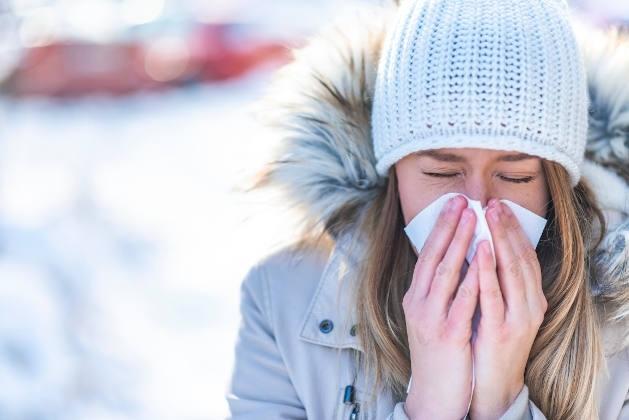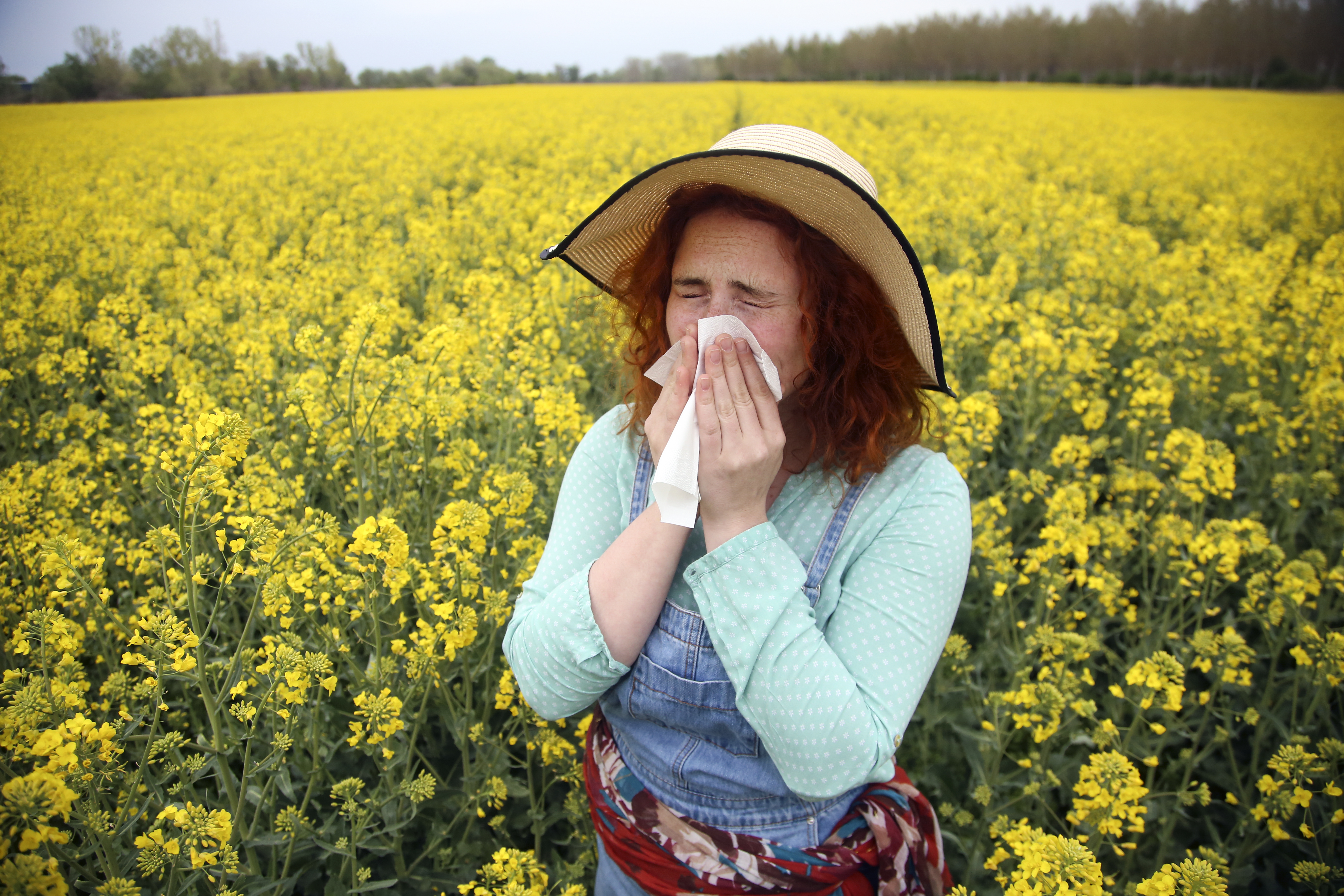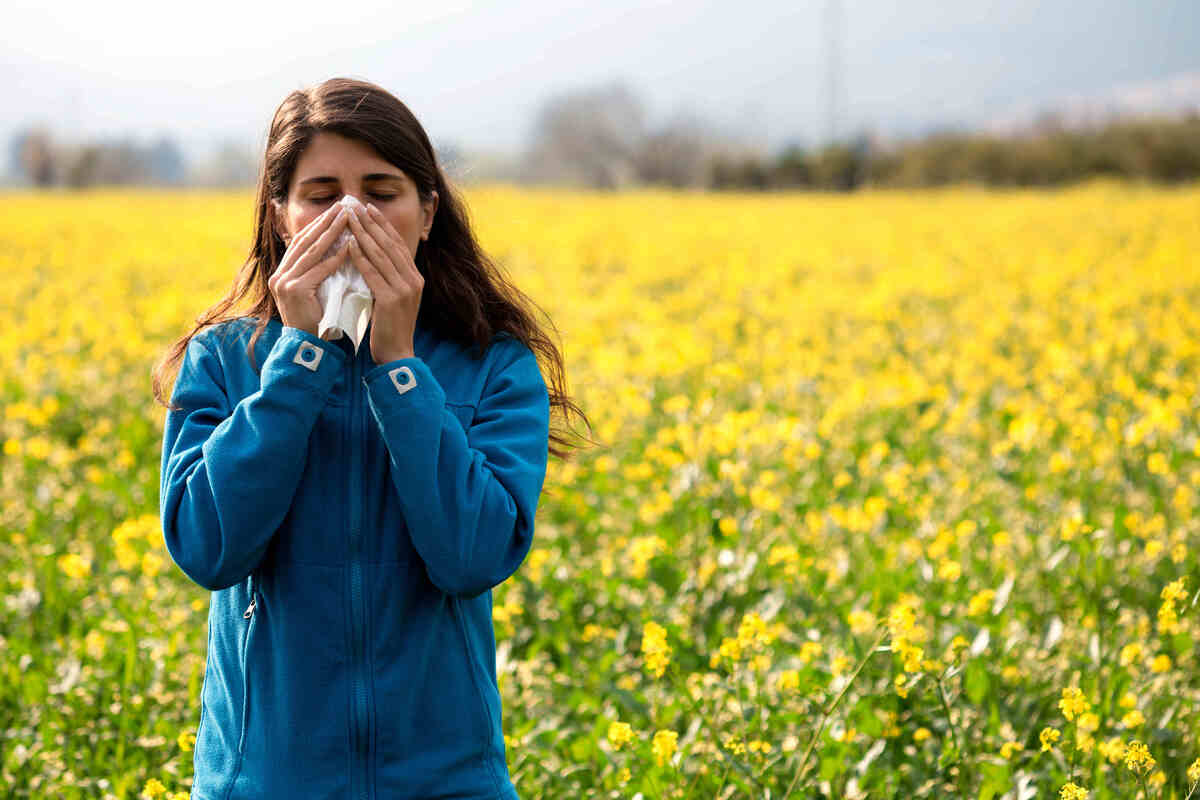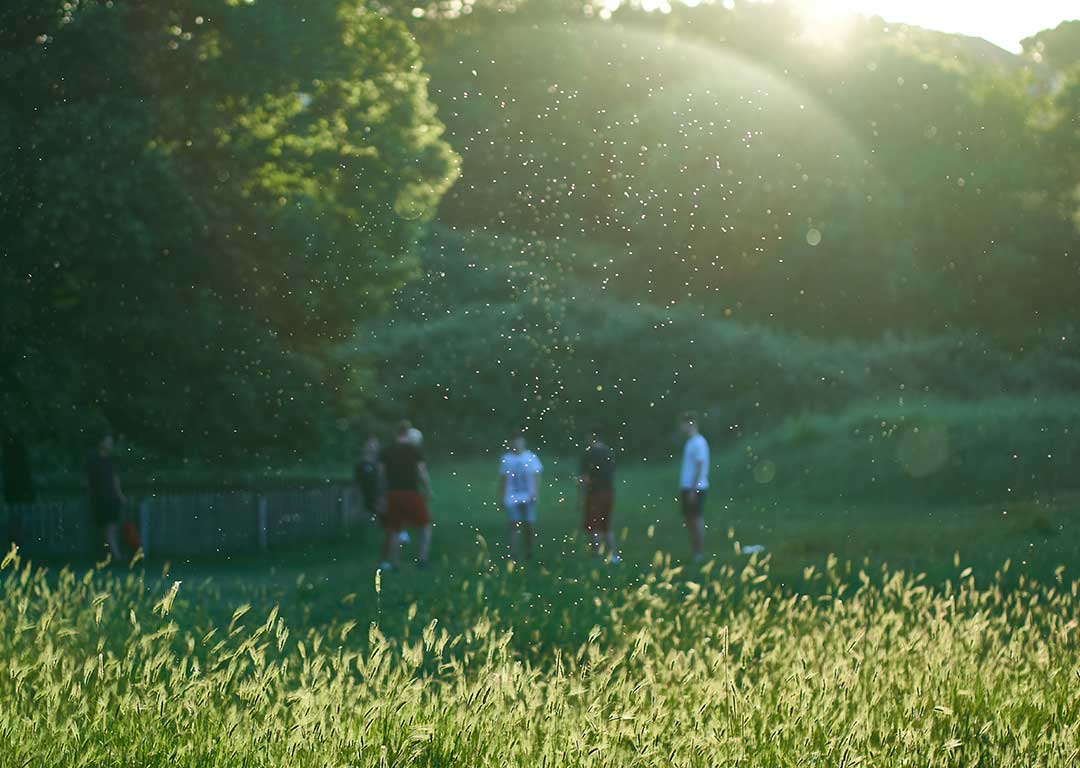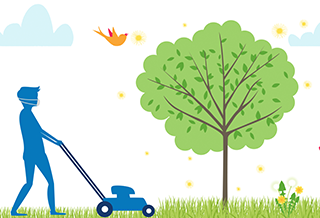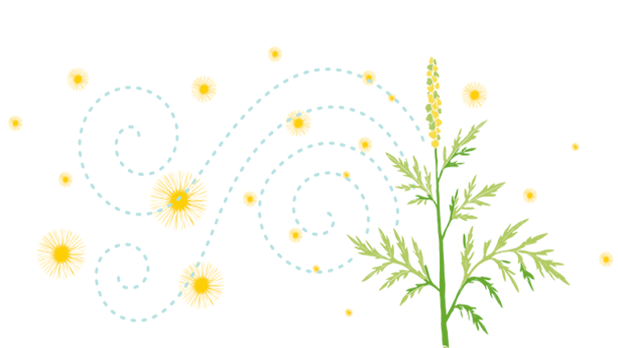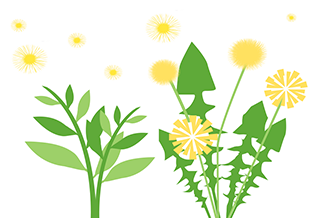What is the pollen count?1
The pollen count is a measure of the amount of pollen in the air. It is based on the amount of pollen grains in a cubic meter of air. When the pollen count is low, the pollen in the air will trouble fewer allergy suffers, but as the count increases it will affect more people with more noticeable reactions.
The levels that count as low medium or high depend on the type of pollen being measured.
How are pollen counts done?2
Very simply, one of the ways that the pollen count is measured is from sticky rods left in the air that rotated periodically over a period of twenty four hours. The rods are tested for the amount of pollen stuck to them.
This means that the pollen count you see will be the average for the area in the past 24 hours, so the pollen level you experience may be higher or lower depending on where you are and what time of day it is.
What times have the highest pollen counts?
Pollen counts tend to be low very early in the morning, peak around midday and then gradually drop off. They are often lowest after a downpour and also on less windy days.
What is the best way to cope during high pollen counts?
Knowing the pollen count on a daily basis can help you plan your day as it may be a useful indicator of how bad your symptoms will be. You may want to stay indoors and keep windows closed if your symptoms are worse on high pollen count days.
